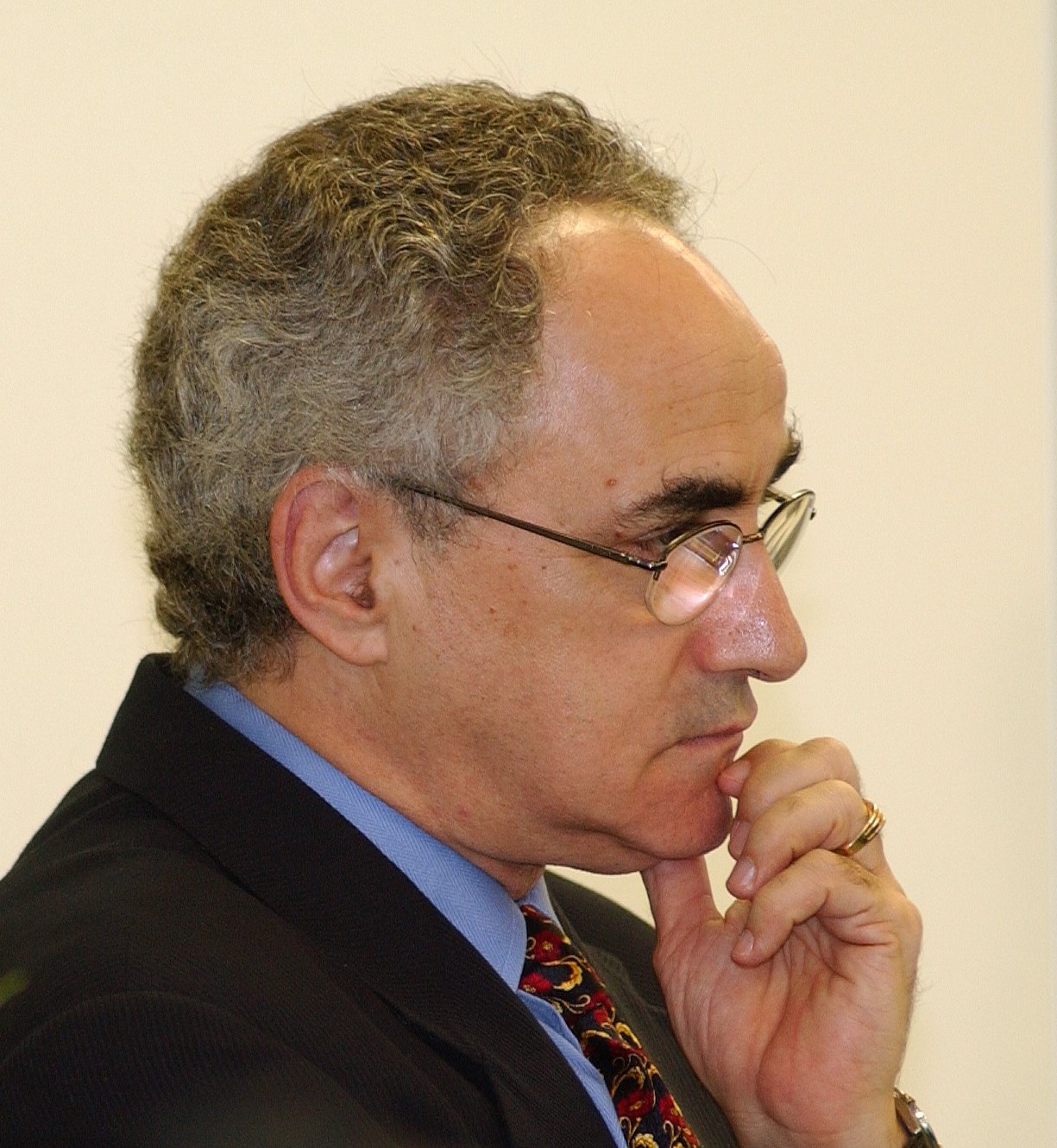- Level Foundation
- المدة
- الطبع بواسطة The Hong Kong University of Science and Technology
-
Offered by

عن
One of the most significant changes in the world in the past 30 years is the opening of China to the outside world and its engagement with that world. In the initial years of the opening, external forces influenced China’s economy, regional balances, bureaucracy, as well as the political authority of local leaders in the coastal areas. More recently, the world is feeling the effects of a rising China which seeks resources and talent from all around the globe and uses its financial wealth to strengthen its position in the world. This course tracks the opening of China up from 1978 until it joins the WTO, focusing on how the world affected China’s internal development. We then look at various aspects of China’s “going out strategy” — its search for energy, talent, as well as its relations with the United States and the states within the Asia-Pacific region. The instructor has been deeply engaged in research on all these topics, having lived in China during various stages of China’s opening to the outside world. Course Overview video: https://youtu.be/7FpNL67EbE4الوحدات
Orientation
2
Discussions
- Meet and Greet
- 0.1: Discussion
2
Videos
- Course Overview
- 0.1: Introduction to the Course - China and the World
1
Readings
- Assignments and Grading
Module 1: China’s Opening to the Outside World, 1978-2000
1
Assignment
- Quiz 1
7
Videos
- 1.1: Explaining China’s Opening to the World, 1978-2000: “Second Image Reversed” and “Relative Prices”
- 1.2: Explaining China’s Opening to the World, 1978-2000: Linkages, Leaders and Models
- 1.3: Visualizing China’s Opening: From Autarky to Mercantilism
- 1.4: Applying the Model to China’s Opening
- 1.5: Case Study: Rural Joint Ventures and the Local Alliance with International Capital
- 1.6: Case Study: China’s Decision to Join the World Trade Organization
- 1.7: Conclusion to the Two Cases
1
Readings
- Module 1 Course Reading
Module 2: China’s Changing Relations with the World, 2000-2016
1
Assignment
- Quiz 2
11
Videos
- 2.1: International Structure: Realism and Constructivism
- 2.2 International Political Economy and National Power
- 2.3 Domestic Politics, Leadership and Foreign Policy
- 2.4 Sino-US Relations: The Most Important Bi-lateral Relationship in the World
- 2.5 Sino-Japanese Relations
- 2.6 Sino-Russian Relations
- 2.7 Relations with Taiwan and Hong Kong
- 2.8 China’s Regional Ties
- 2.9 China and ASEAN
- 2.10 China and the Korean Peninsula
- 2.11 China and Central Asia: The Shanghai Cooperation Organization (SCO)
1
Readings
- Module 2 Course Reading
Module 3: China’s Global Search for Energy and Resources
1
Assignment
- Quiz 3
2
Discussions
- 3.5: Discussion
- 3.9: Discussion
10
Videos
- 3.1 Going Out for Energy and Resources
- 3.2 China’s Energy Anxiety
- 3.3 China’s Strategies to Resolve Energy Anxiety
- 3.4 Key Chinese Actors in Energy Diplomacy and Their Roles
- 3.5 Key Actors Outside the Government
- 3.6 Case Study: Iran – Balancing Energy Needs and Support for Non-Proliferation
- 3.7 Case Study: Angola – Dealing with an Independent, Neutral and Tough Partner
- 3.8 Case Study: Australia – Energy Diplomacy with a U.S. Strategic Ally
- 3.9 Case Study: Australia’s Quixotic Policy Towards China – Trade’s Strategic Significance
- 3.10 Module Conclusion
1
Readings
- Module 3 Course Reading
Module 4: China’s Global Search for Talent and Technology, 1978-2016
1
Assignment
- Quiz 4
2
Discussions
- 4.11: Discussion
- 4.13: Discussion
15
Videos
- 4.1: What Can States Do?
- 4.2: Explaining China’s Success
- 4.3 The History of the Policy
- 4.4: Improving Policy After Tiananmen
- 4.5: Bringing the Party Back In: The 1000 Talents Program (2002-2008)
- 4.6: The 1000 Talents Program
- 4.7: Evaluating 1000 Talents Policy and its Limits
- 4.8: Case Study: Academics and Universities
- 4.9: Academics and Universities: Current Reforms
- 4.10: Case Study: Scientists and the Chinese Academy of Sciences
- 4.11: The Need for Reform at the Chinese Academy of Sciences
- 4.12: Case Study: Entrepreneurs and the Municipal Governments
- 4.13: Entrepreneurs, Technology and the Search for Shortage
- 4.14: Case Study: The Diaspora Option – Serving China from Abroad
- 4.15: Module Conclusion
1
Readings
- Module 4 Course Reading
Module 5: China’s Rise and the World: A Panel Discussion
1
Peer Review
- Peer-reviewed Written Assignment 1
8
Videos
- 5.1: Introducing the Panel
- 5.2: External Influences on Chinese Foreign Policy Behaviour
- 5.3: The Role of China’s Leaders in China’s Rise
- 5.4: Domestic Politics and Its Influence on Chinese Foreign Policy
- 5.5: From a Political Economy Perspective, is China’s Rise Changing the World?
- 5.6: Problems of Misperceptions
- 5.7: Can China Rise Peacefully?
- 5.8: Summary on the Panel Discussion
1
Readings
- Module 5 Course Reading
Final Exam
1
Assignment
- Final Exam
Course Evaluation
1
Assignment
- Post-course Survey
1
Readings
- Rate this course
Auto Summary
Explore the transformative journey of China's engagement with the world in "Chinese Politics Part 2 – China and the World." This Personal Development course delves into China's evolution from 1978 to its WTO membership, highlighting the global influences on its internal growth. You'll also learn about China's "going out strategy," focusing on energy, talent, and international relations. Led by an expert deeply immersed in Chinese research, this foundational course offers flexible subscription options—Starter and Professional. Ideal for anyone interested in understanding modern China's global impact.

David Zweig


